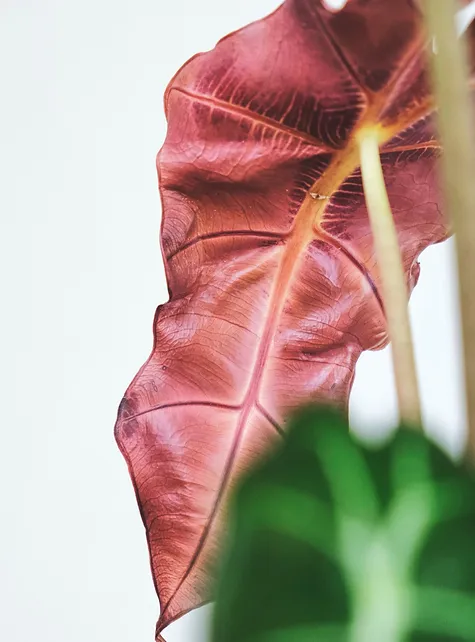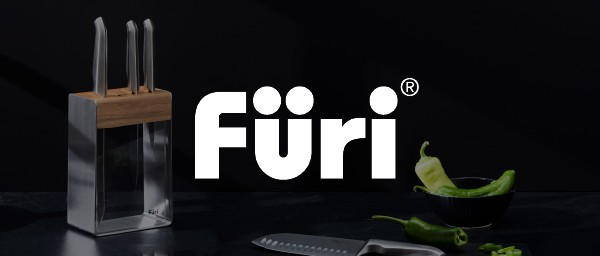Alocasia Care Guide
Search for Alocasia on Gift Tree NZ — help us create one more Kiwi job!
Alocasias, known for their striking foliage and tropical origins, are a magnificent addition to any indoor garden. Originating from
Southeast Asia and Australia, these plants have adapted to thrive in the understory of dense forests, competing for light. This care guide
will help you create the perfect conditions for your Alocasia to flourish.
Light Requirements
Alocasias excel in bright, indirect sunlight. This environment stimulates active growth, allowing them to develop their characteristic large leaves. While they can tolerate lower light levels, their growth may be stunted, and leaves may not reach their full potential.
Avoid direct sunlight to prevent damage to the foliage.
Watering Schedule
These tropical natives prefer a balance of moisture:
- Allow the soil to slightly dry out between waterings.
- Typically, water every 1 - 2 weeks, adjusting for light exposure and temperature.
- Plants in lower light need less frequent watering compared to those in brighter conditions.
Soil Composition
Opt for a loose, well-draining soil mix, ideally a cacti and succulent blend, to encourage healthy root development. Incorporate coco coir
to enhance moisture retention without waterlogging, catering to Alocasias' preference for consistent moisture.
Temperature Preferences
Alocasias thrive in warm conditions, ideally between 18°C and 26°C. Cooler temperatures may induce dormancy, slowing or halting growth
without necessarily causing leaf loss.
Humidity Needs
High humidity is crucial for Alocasias, mimicking their natural rainforest habitat. Increase humidity by:
- Using a pebble tray.
- Grouping plants together.
- Running a humidifier.
- Placing them in a naturally humid environment like a bathroom, if light levels are sufficient.
Fertilization
Feed your Alocasia with a balanced, all-purpose houseplant fertilizer, adhering to the product's instructions to avoid overfertilization:
- Apply at full strength weekly during the growing season (spring and summer).
- Reduce to half strength every two weeks during the dormant period (autumn and winter).
Propagation Techniques
Alocasias can be propagated through two main methods:
- Offset Pups: Separate these from the mother plant during repotting.
- Bulbs: Carefully remove bulbs from beneath the soil near the roots and pot them separately using the correct technique.
Conclusion
Alocasias are not only aesthetically pleasing but also fascinating plants to grow. With proper care, they can become a lush, vibrant part of your indoor garden. Follow these guidelines to ensure your Alocasia thrives, providing a touch of the tropics to your home.
Happy gardening!



.jpg)









.jpg)





.jpeg)





.jpeg)



.jpeg)








.jpeg)



.jpeg)

.jpeg)

.jpeg)

.jpeg)




.jpeg)
.jpg)

.jpeg)






.jpeg)
.jpeg)




.jpeg)





.jpeg)


.jpeg)

.jpeg)

.jpeg)

.jpeg)







.jpeg)
.jpeg)
.jpeg)





.jpeg)



.jpeg)






.jpg)
.jpeg)









.jpg)


ulva-Logo.jpg)




.jpeg)



.png)















.png)
























